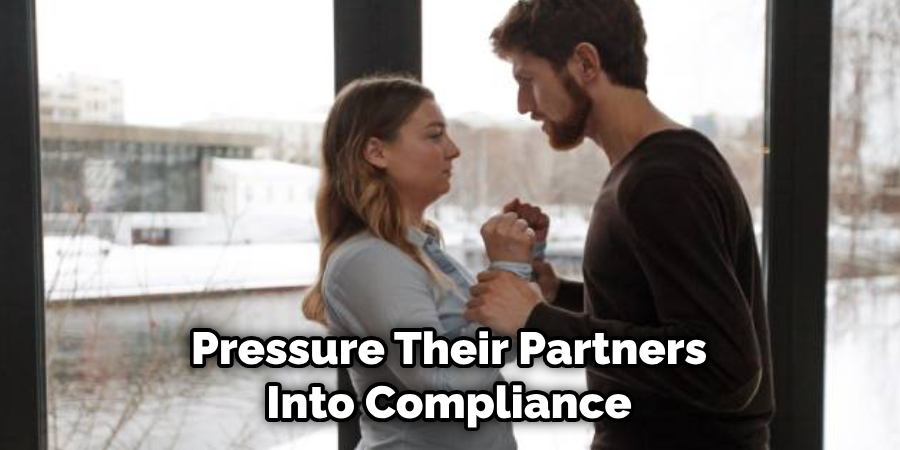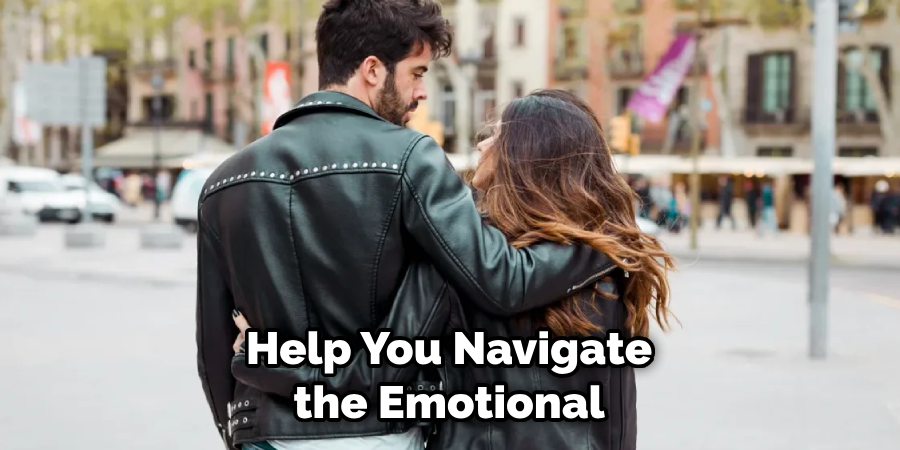Harmful relationships are profoundly difficult, often leaving the affected individual feeling trapped, confused, and emotionally drained. It is essential to recognize that abuse—whether physical, emotional, or mental—is never justified. Struggling with a toxic relationship?
Learn How to Fix an Abusive Relationship by recognizing the signs, seeking help, setting boundaries, and prioritizing your safety. Discover the steps to healing and regaining control of your life. Healing from an abusive relationship requires strength, self-awareness, and courage. However, fixing a harmful relationship does not necessarily mean trying to repair it with the abuser.
In many cases, the best solution is to leave the abusive relationship altogether. The path to recovery can be challenging, but with the right steps and support, it is possible to regain control and move forward toward a healthier, happier life.
Recognize the Signs of Abuse
The first step in addressing an abusive relationship is acknowledging that it is indeed harmful. Abuse can take many forms, and it does not always look the same in every relationship. It is crucial to recognize when emotional, physical, or verbal harm is occurring.

Physical abuse is often the most visible, involving hitting, slapping, or other forms of physical violence. However, emotional and psychological abuse can be just as damaging and harder to detect. Emotional abuse may include manipulation, constant criticism, gaslighting (making you question your own reality), or controlling behavior.
Psychological abuse can involve threats of harm, isolation from loved ones, or intimidation. Financial control—such as withholding money or preventing a partner from working—is another form of abuse that can trap someone in a harmful situation.
Recognizing these behaviors is the first step toward taking action. It is important to understand that no one deserves to be treated this way, and the abuse is never your fault. Acknowledging the abuse for what it is can be empowering and help you move toward safety and healing.
Seek Help and Counseling
Once you recognize that you are in an abusive relationship, seeking support from trusted individuals or professional counselors is crucial. It is often difficult to leave a harmful relationship alone, as the abuser may have emotionally manipulated or isolated you from family and friends. Reaching out to others can provide the support you need to make decisions about your future.
Confiding in trusted friends or family members is a good first step. These individuals can offer emotional support and provide an outside perspective that is not influenced by the abuser’s control. They can help you create a plan to leave the relationship safely if necessary and assist with immediate needs such as housing or legal advice.
In addition to support from loved ones, professional counseling or therapy can be an invaluable resource. A therapist can help you understand the dynamics of the abusive relationship, process the emotional toll it has taken, and guide you toward healing.
Therapy can also help rebuild your self-esteem and self-worth, which may have been damaged during the abuse. Couples therapy is generally not recommended in abusive relationships, as it can put the victim at further risk. Individual counseling for the abused partner is usually a more effective and safer approach.
Establish Boundaries and Prioritize Your Safety
If you choose to stay in the relationship, setting clear and firm boundaries is essential to protecting your emotional and physical well-being. Establishing boundaries can be difficult in an abusive relationship, as abusers often manipulate, guilt-trip, or pressure their partners into compliance. However, setting boundaries is a critical step toward regaining control over your life.

Start by clearly communicating your needs and expectations to your partner, but remember that an abuser may not respect these boundaries. If your partner becomes aggressive or dismisses your attempts to establish boundaries, it is important to seek external support and take steps to protect yourself.
In cases of physical or emotional violence, prioritizing your safety is the top priority. This may mean leaving the relationship temporarily or permanently. If you feel that you or your children are in immediate danger, consider seeking help from local shelters, hotlines, or law enforcement. There are many resources available to support individuals in abusive situations, including shelters, legal assistance, and counseling services.
If you are in danger, having a safety plan is crucial. A safety plan can include knowing where to go for help, having a bag packed with essential items, and identifying safe places to go in case a conflict or violent incident occurs. Local domestic violence organizations can help you create a safety plan tailored to your specific situation.
Consider Ending the Relationship
In many cases, the best way to heal from an abusive relationship is to leave it entirely. An abuser may not change, even with counseling or efforts to work through the issues. It is important to understand that you cannot fix another person’s behavior. The decision to leave can be difficult, especially if children, financial concerns, or emotional ties are involved. However, leaving an abusive relationship is often the safest and healthiest choice for your well-being.
When you decide to leave, taking practical steps to ensure your safety and security is essential. This may include finding a new place to live, obtaining legal protection such as a restraining order, and safeguarding your privacy. It is crucial to have support during this time, whether from family, friends, or a therapist, to help you navigate the emotional and practical challenges that come with leaving.

Even if you are not ready to leave the relationship immediately, knowing that you have the option to do so can provide a sense of empowerment and control. Creating a plan and reaching out for help can give you the strength needed to take action when you are ready.
Conclusion
Healing from an abusive relationship is a complex process that may require making difficult choices. The first step is recognizing the abuse—whether physical, emotional, or psychological—and understanding that you deserve to live a life free from harm. Seeking support from loved ones, counselors, and trusted professionals is essential in navigating the challenges of an abusive relationship.
Ultimately, your safety and well-being should come first. Setting boundaries, seeking counseling, and prioritizing your physical and emotional health are all crucial aspects of dealing with abuse. In many cases, leaving the relationship is the best way to ensure your safety and begin the healing process.
Remember, you are not alone, and support is available. You have the power to regain control of your life and break free from the cycle of abuse. Healing takes time, but with the right support, you can move forward and create a healthier future for yourself.




